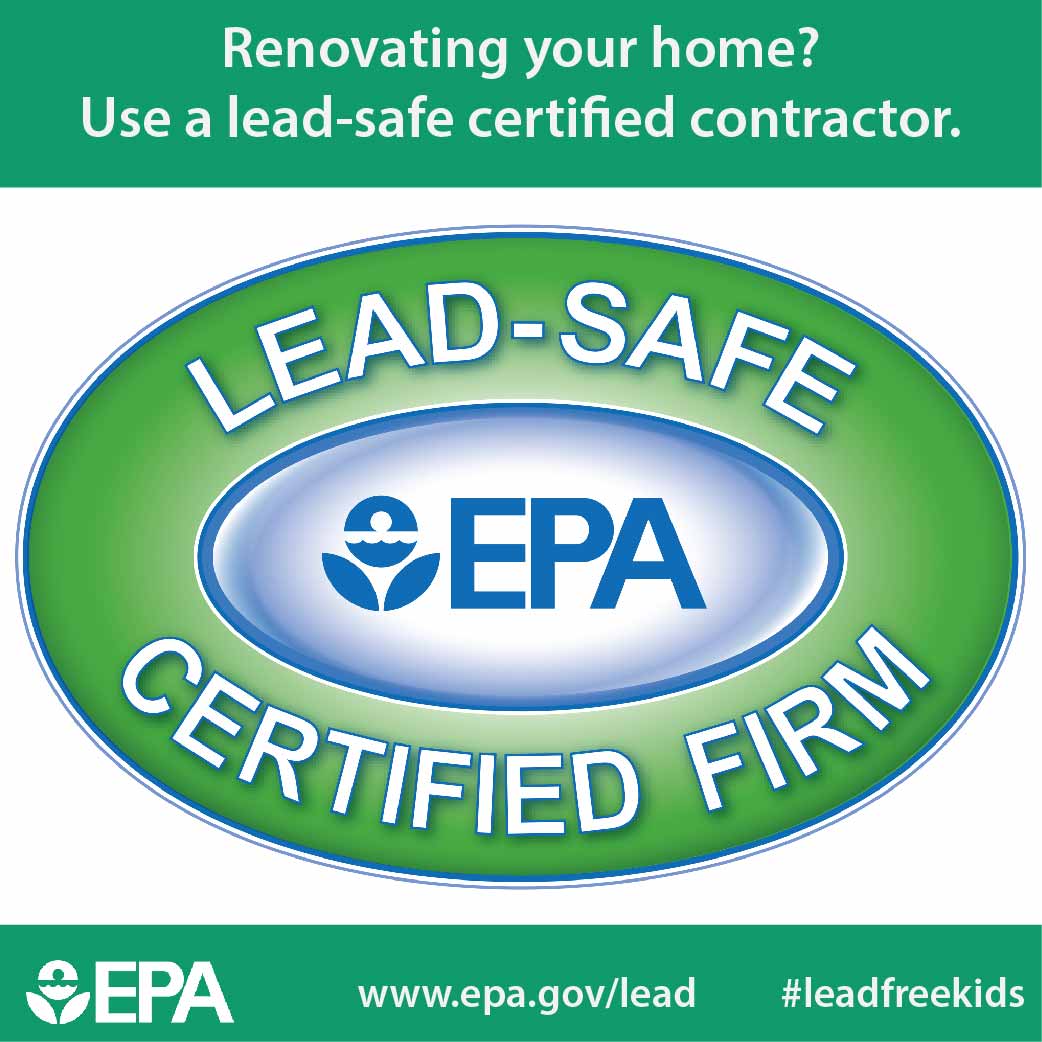Discover The Impact Of Seasonal Components On The Performance Of Business Outside Paint And Determine The Ideal Times To Accomplish Long-Lasting Outcomes For Your Project
Discover The Impact Of Seasonal Components On The Performance Of Business Outside Paint And Determine The Ideal Times To Accomplish Long-Lasting Outcomes For Your Project
Blog Article
residential exterior painting Composed By-Regan Skafte
When you're planning an industrial exterior paint project, seasonal aspects can make or damage your outcomes. You'll wish to consider exactly how temperature level and moisture influence paint application and drying times. Selecting the best season can guarantee your paint adheres correctly and lasts much longer. But which seasons are genuinely the most effective for this sort of work? Let's check out the crucial elements that can influence your job's success.
The Impact of Temperature Level on Paint Application
When you're planning a commercial exterior paint project, the temperature level can significantly impact how well the paint sticks and dries.
Ideally, you wish to repaint when temperature levels vary between 50 ° F and 85 ° F. If it's as well chilly, the paint may not cure effectively, causing concerns like peeling off or splitting.
On the other hand, if it's as well hot, the paint can dry out as well rapidly, stopping correct adhesion and resulting in an irregular finish.
straightline painting must additionally think about the time of day; early morning or late afternoon uses cooler temperature levels, which can be a lot more beneficial.
Constantly inspect the maker's referrals for the specific paint you're making use of, as they commonly supply assistance on the ideal temperature variety for optimum outcomes.
Moisture and Its Impact on Drying Times
Temperature isn't the only ecological variable that influences your industrial exterior painting project; humidity plays a considerable function also. High moisture degrees can reduce drying times drastically, affecting the total top quality of your paint job.
When the air is filled with moisture, the paint takes longer to heal, which can lead to concerns like poor adhesion and a greater risk of mold growth. If you're repainting on a specifically damp day, be planned for prolonged wait times between coats.
It's crucial to check regional weather and plan as necessary. Ideally, go for humidity levels in between 40% and 70% for optimum drying.
Keeping these factors in mind guarantees your project remains on track and supplies an enduring coating.
Best Seasons for Commercial Outside Paint Projects
What's the very best time of year for your commercial outside painting projects?
Spring and very early loss are typically your best options. Throughout these periods, temperatures are moderate, and moisture degrees are often lower, developing suitable problems for paint application and drying.
Stay clear of summer's intense heat, which can cause paint to completely dry also rapidly, resulting in inadequate attachment and coating. In a similar way, winter season's cold temperatures can impede correct drying and treating, taking the chance of the longevity of your paint job.
Aim for days with temperature levels in between 50 ° F and 85 ° F for optimal outcomes. Remember to check the local weather prediction for rain, as wet problems can wreck your project.
Preparation around these aspects ensures your painting project runs smoothly and lasts longer.
Verdict
To conclude, intending your commercial exterior painting jobs around seasonal factors to consider can make a significant difference in the result. By organizing job during the perfect temperature levels and humidity degrees, you'll make sure better attachment and drying times. Keep in hopkins house painter to keep an eye on neighborhood weather forecasts and select the right time of year-- spring and early fall are your best options. Taking these steps will certainly help you achieve a durable and specialist coating that lasts.
